At auction at Sotheby's is the Giordano Collection, one of the most important existing collections of decorative arts
A significant part of Gianni Giordano’s sumptuous collection, one of the most important existing collections of decorative arts, will be dispersed between today and tomorrow, November 26 and 27, 2024, in anauction at Sotheby ’s in Paris. A collection gathered over some 30 years of collecting that the same entrepreneur, now 65, decided to put back on the market, since, according to him, the collection had become too perfect, and therefore difficult to enrich with new pieces. From this need, therefore, the challenge toward something new.
A collection, that of the Piedmontese wine entrepreneur (he is heir to the business started by his father Ferdinando, who specialized in the sale of wine by mail order), that is not limited to painting or sculpture, but embraces a broad spectrum of decorative arts, including furniture, silverware, porcelain and micro-mosaics, offering a comprehensive panorama of objects that tell the stories of European courts and aristocracies, artisans and artistic traditions that have evolved over the centuries. Giordano’s interest in collecting these works, all of which were located in a villa in the Langhe, is not just an act of accumulation, but an expression of a deep love for art and culture, a desire to preserve and pass on a heritage that would otherwise risk being forgotten. Giordano had begun collecting from the age of twelve: his passion, as a child, was for stamps. Then, as an adult, he began to study and purchase Piedmontese art, with a focus on furniture and objects. However, the regional horizon was too narrow for him, and he soon expanded his interests to all of Italy, increasing his attention to the quality and provenance of the works.
At auction at Sotheby’s go 160 lots, with a total valuation of around 15-20 million euros. Estimates of the objects have often been conservative, to stimulate competition among potential buyers. The collection also encompasses a wide range of objects from decorative arts to porcelain works, from period furniture to silverware. His collection is not just an assemblage of fine pieces, but, as Giordano has defined it over the years, it is a true path of research and study that makes Giordano an enlightened and knowledgeable collector.
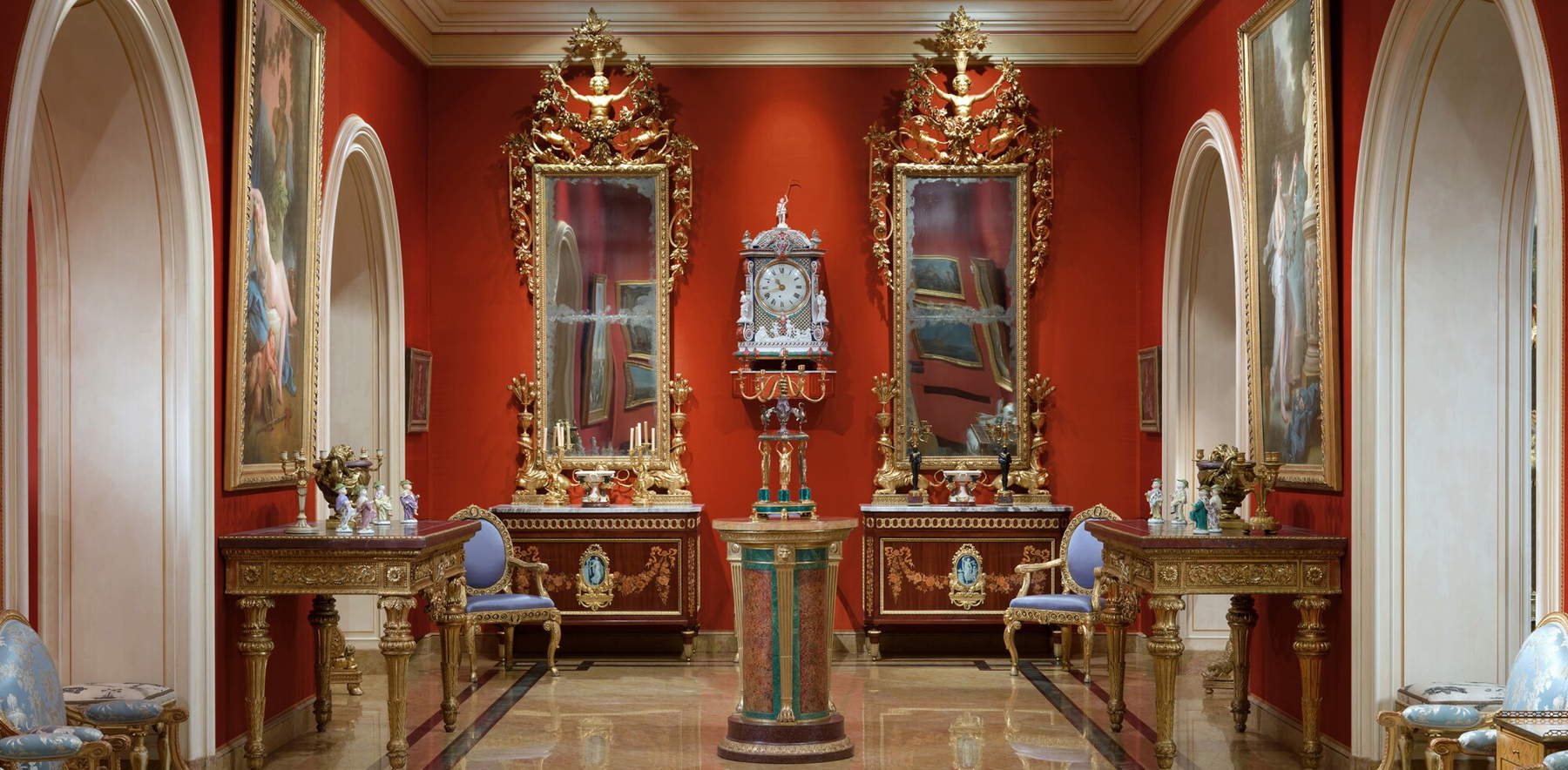
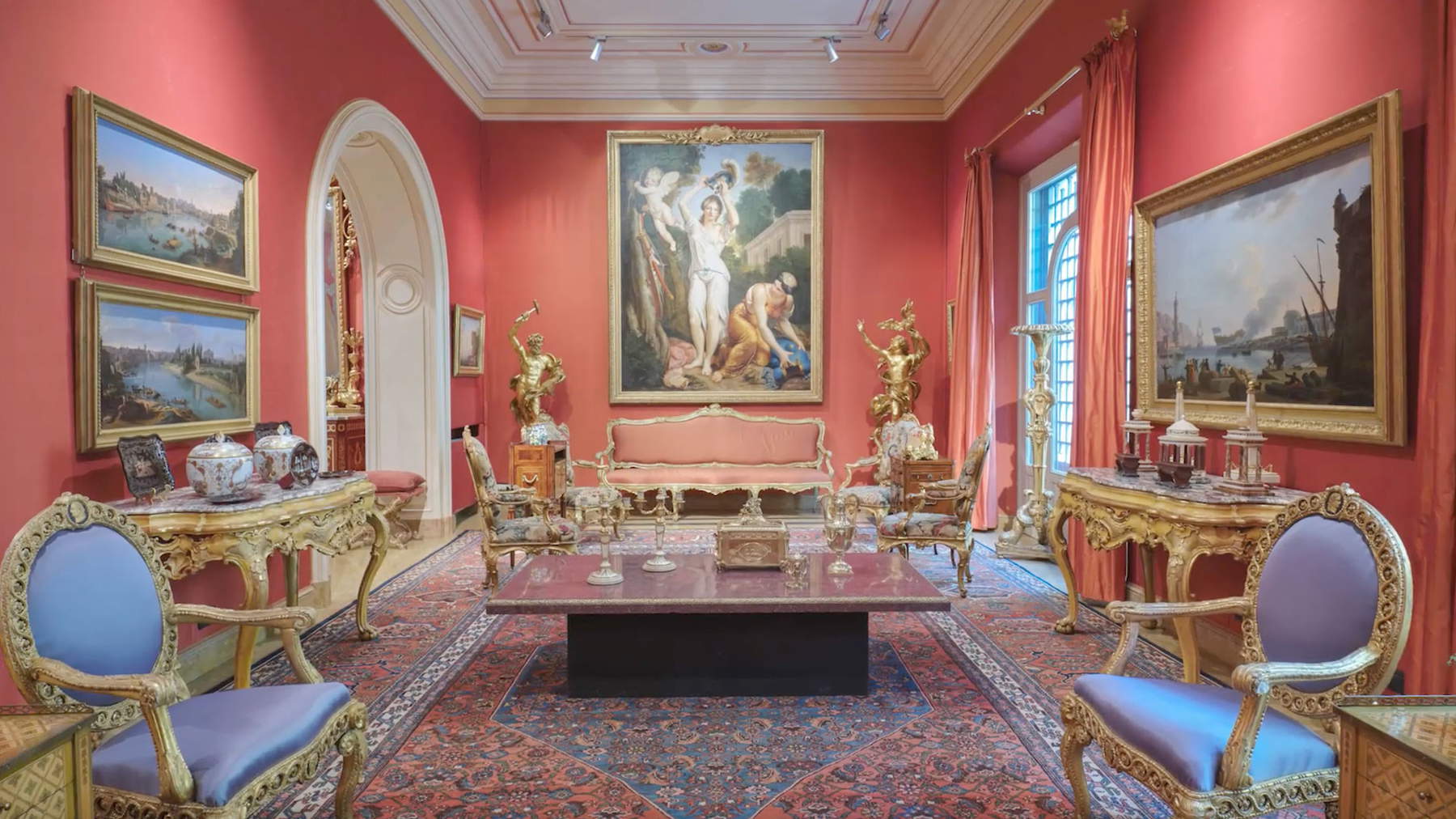
The most interesting pieces in Gianni Giordano’s collection
An overview of the items that will be sold at The Giordano Collection: Une Vision Muséale auction offers a true picture of the collector’s choices. We can start with the piece that has the highest estimate: it is a panel in pietre dure commesso depicting the port of Livorno, a work of the Florentine Grand Ducal workshops (in other words, of the Opificio delle Pietre Dure), designed by Giuseppe Zocchi and made around 1765-1770: for this work, the estimate is 800 thousand-1.5 million euros. It is a shining example of how historical research accompanied the acquisition of certain pieces: an aspect, this, that is fundamental to the Giordano collection. The View of the Port of Livorno is a piece that Giordano also acquired on the basis of the studies behind the work, which was intended for the court of Vienna but at some point in history returned to Florence and was later given to Prince Metternich. This commesso, based on a drawing by Giuseppe Zocchi, represents another milestone in Giordano’s quest to rediscover and enhance works of art that would otherwise have remained unknown or forgotten.
Another emblematic example of this research effort is the 18th-century Roman micromosaic mosaic, which Giordano acquired and which represents one of the most sophisticated techniques of 18th-century decorative art. This mosaic, made by Cesare Aguatti in 1774, is a work of great value, as is the Roman girandola (180-300 thousand euros) attributed to Giacomo Raffaelli, one of the most important goldsmiths of the time. Although this pinwheel does not bear Raffaelli’s signature, the work has been attributed to the Roman artist by Alvar González-Palacios, one of the world’s foremost experts on the decorative arts (his is the introductory essay to the sale catalog), who has established links with other similar works made by the master and with details in the inventory of works produced by his workshop.
Among the highlights were some important paintings: a View of the Tiber at the Port of Legna by Caspar van Wittel (800 thousand-1.2 million euros), a rare interior by Giovanni Paolo Panini (The Marquis Molinari ordained archbishop by Pope Benedict XIV, 600-800 thousand euros), a View of the Tiber with Castel Sant’Angelo and St. Peter’s Basilica and a View of the Arno in Florence towards the Santa Trinita Bridge by Antonio Joli (500-700 thousand euros), a Portrait of Michelino Pagani, a Turkish slave adopted by Marquis Cesare Pagani by Sebastiano Ricci (250-350 thousand euros).
Giordano’s collection is also distinguished by the presence of fine goldsmithing pieces, such as objects by Luigi Valadier, one of the most famous goldsmiths of the 18th century. In fact, Giordano acquired two splendid marble and gilded bronze candelabra (50-80 thousand euros), which come from Palazzo Braschi and are considered among the masterpieces of Roman artistic production. But it is not only objects of great value that make up Giordano’s collection: even the furniture, such as the pair of eighteenth-century tulipier wood chests of drawers (300-500 thousand euros) are pieces of great historical importance, testifying to the refined taste of the neoclassical era and the elegance of European courts.
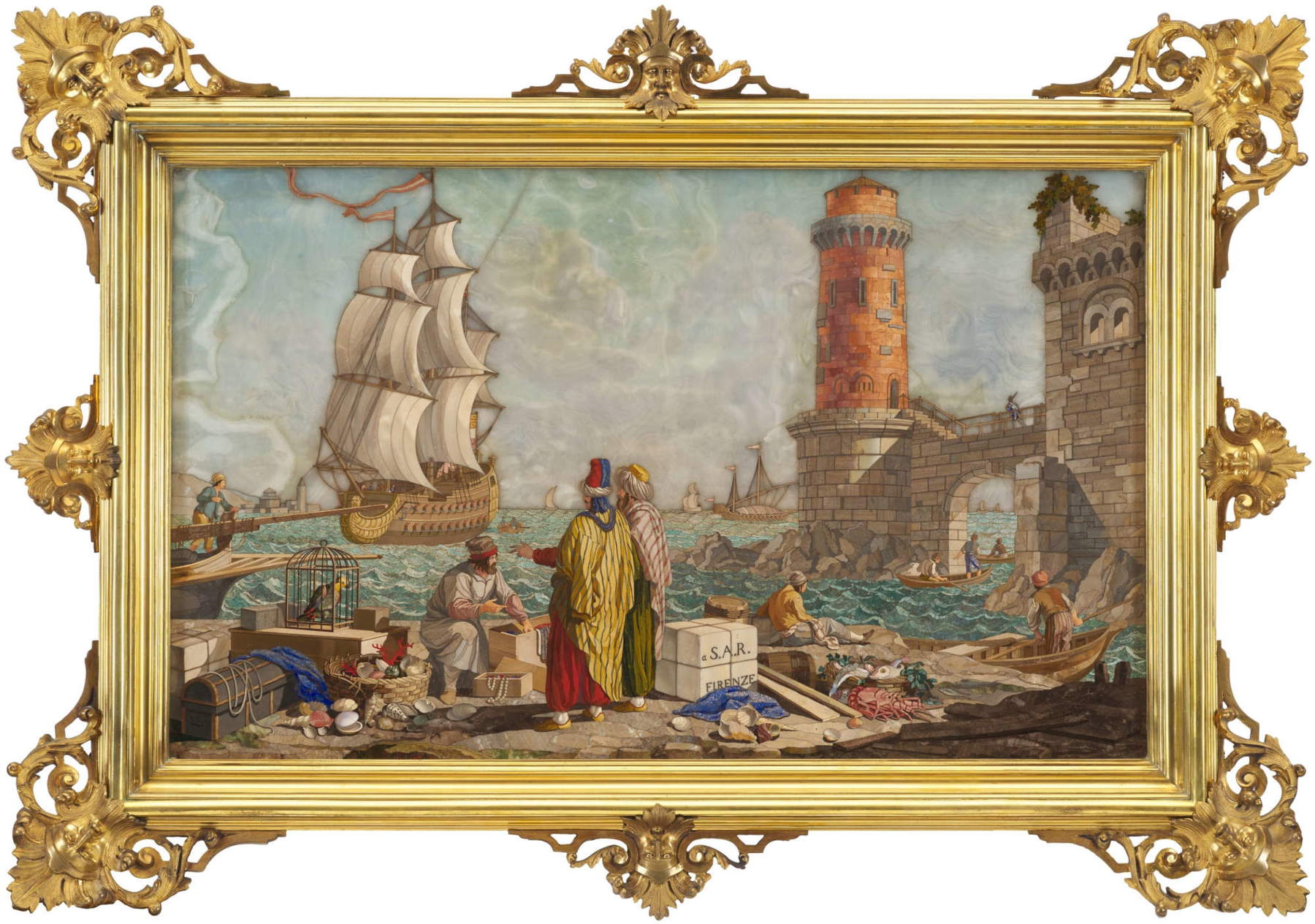
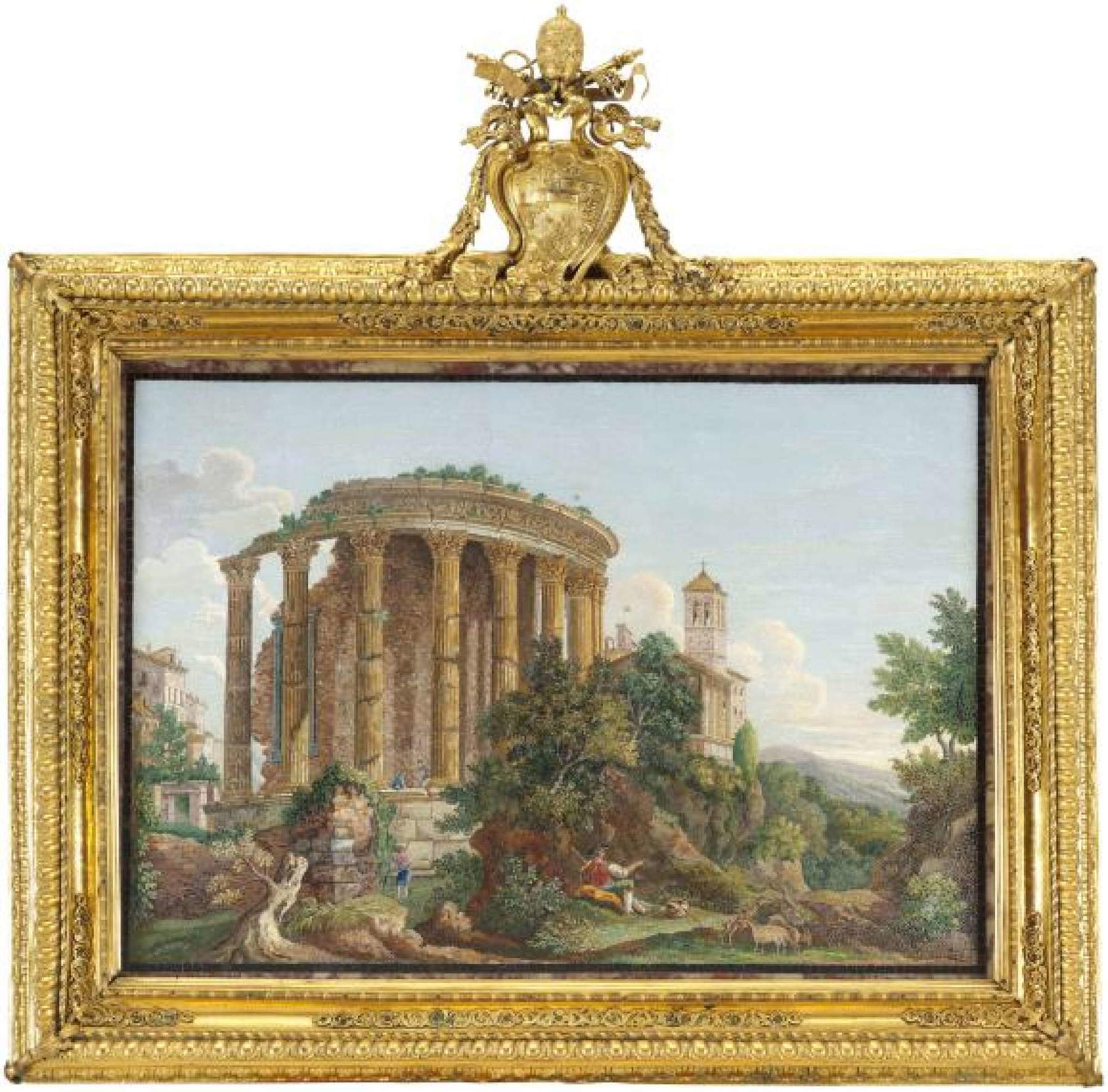

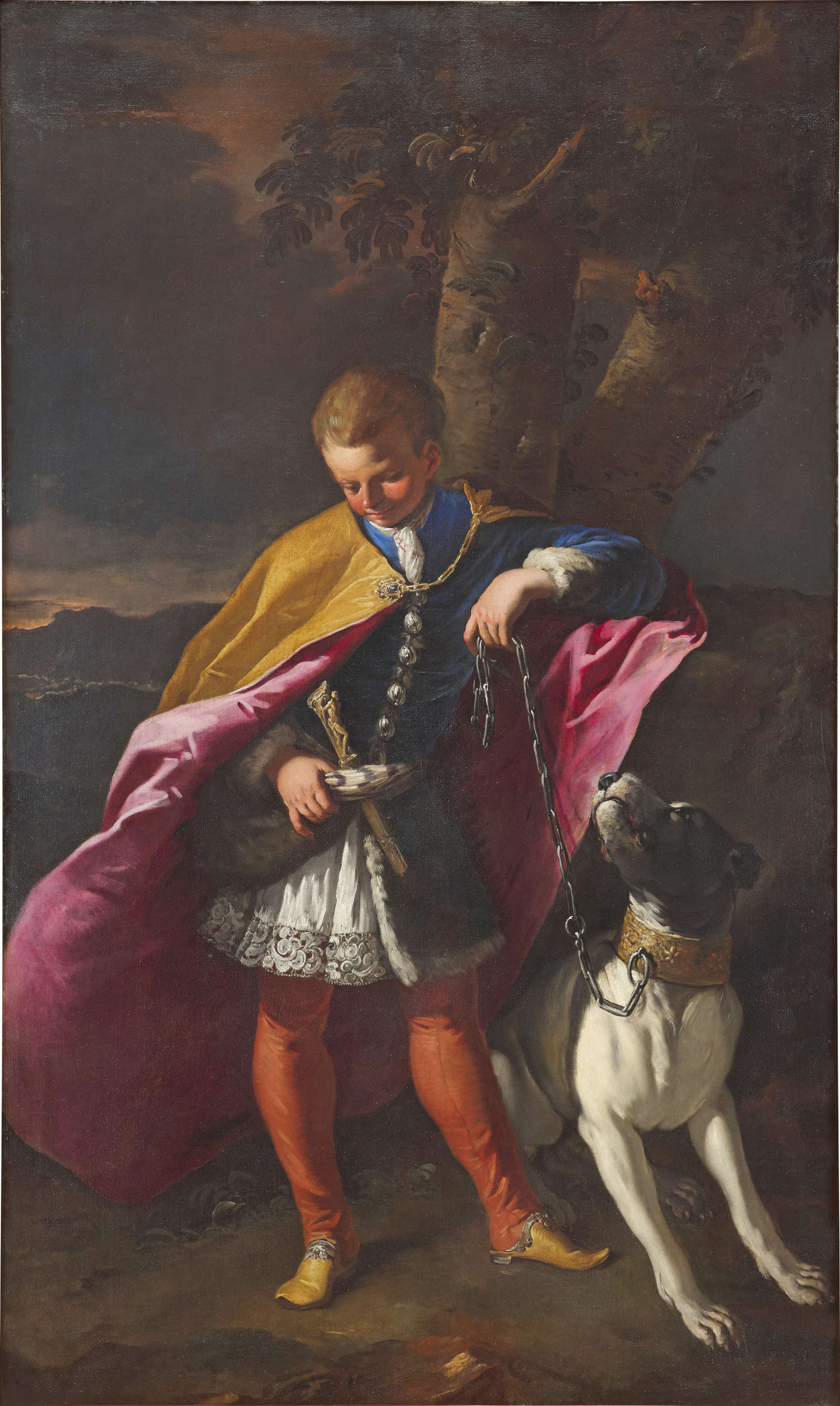
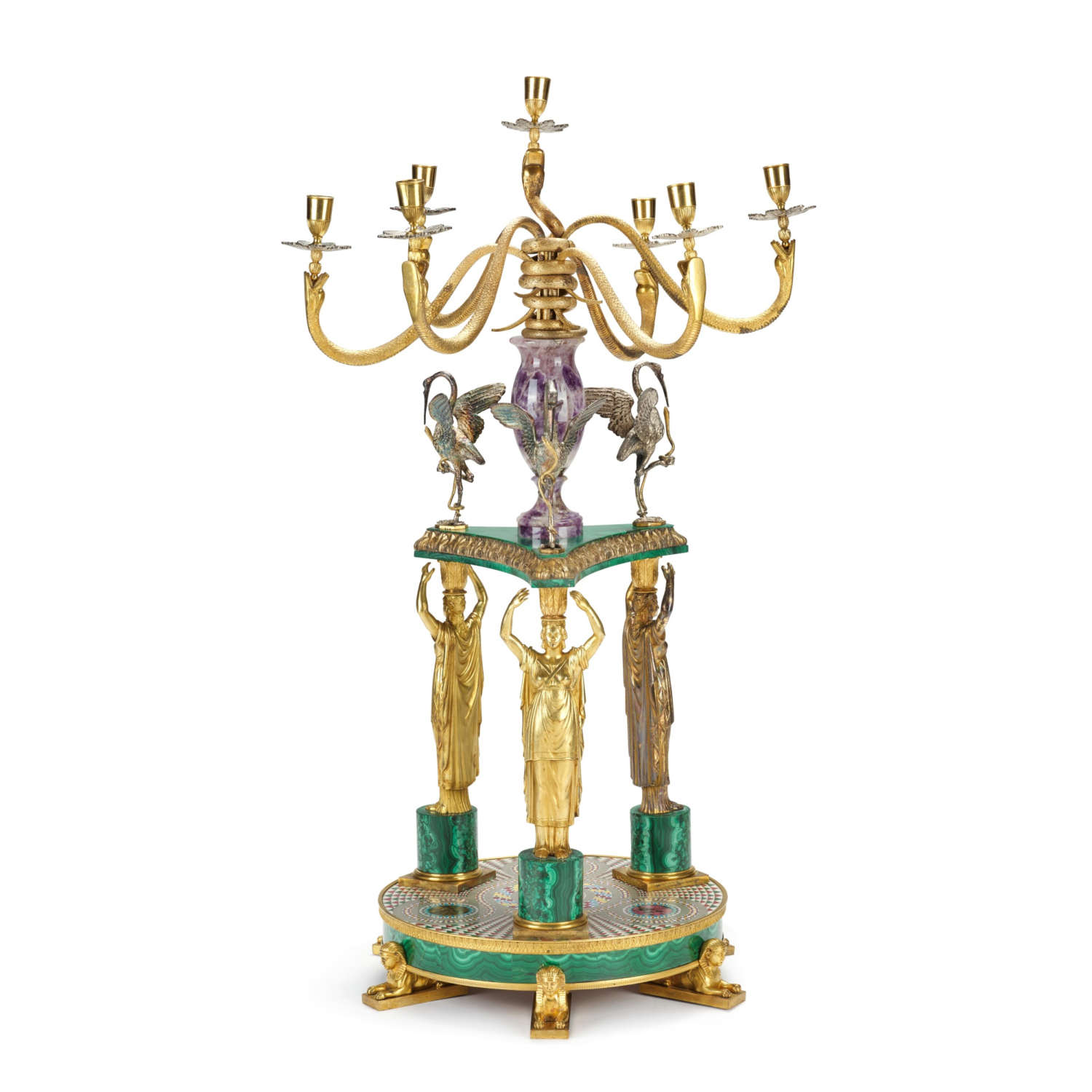
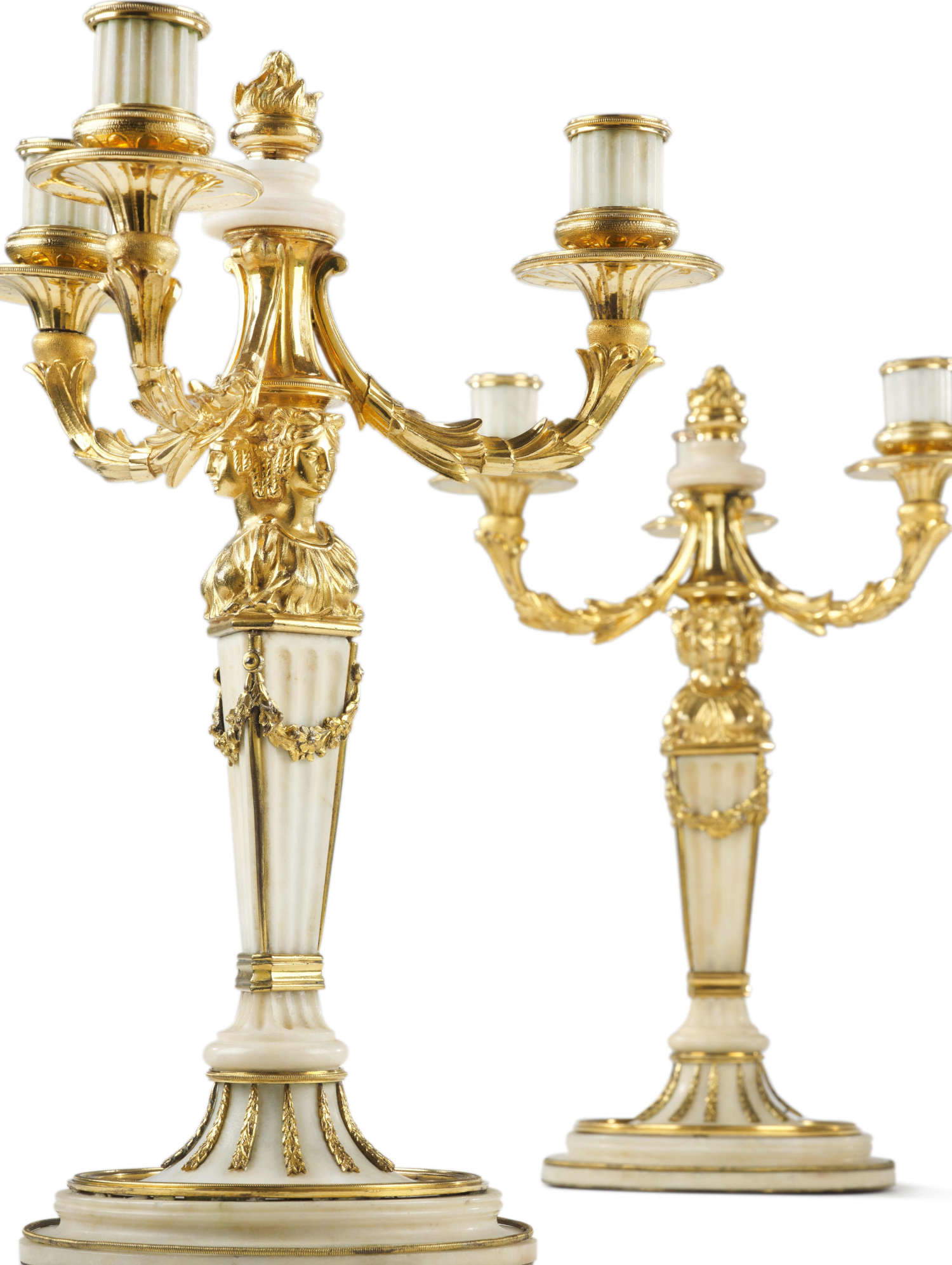
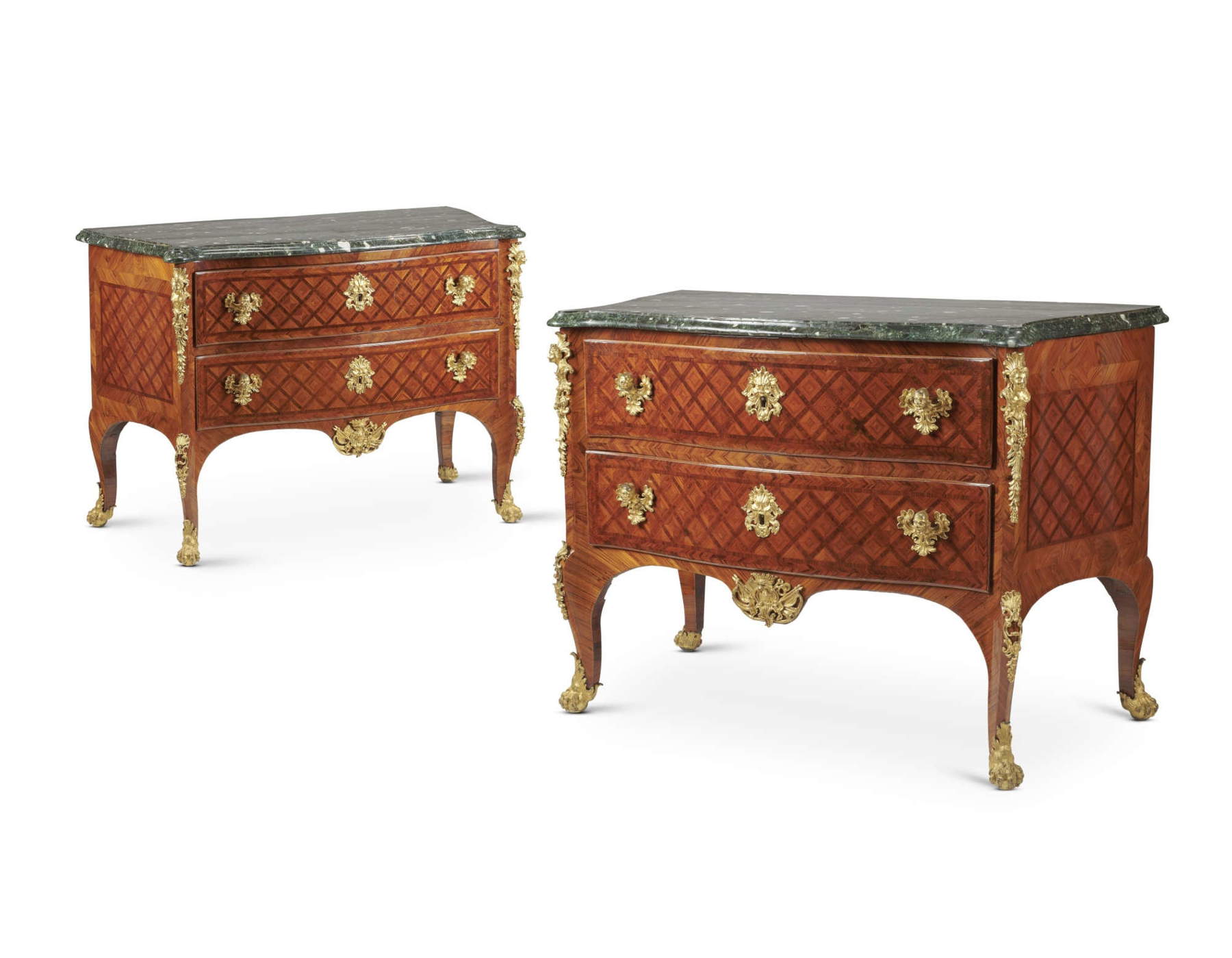
A collection as a benchmark for the decorative arts
Giordano’s collection is not just a collection of objects, but an authentic historical narrative that spans centuries and cultures, a journey through time that unites past and present. Each piece tells a story of patronage, passion for art, and rediscovery and preservation of heritage. The auction at Sotheby’s offers a unique opportunity to acquire these works, which are not only witnesses of an era, but also symbols of a collecting that has been able to look beyond conventions, always seeking to discover and enhance beauty in all its forms.
The Giordano collection, with its extraordinary variety of works, represents a fundamental point of reference for those who wish to understand the evolution of collecting and decorative arts in Italy and Europe. Giordano, with his sensitivity and commitment, has been able to preserve and celebrate the beauty of these objects, which today are ready to be admired and appreciated by new generations of collectors and art lovers.
“I have vivid memories of my first meeting with Gianni Giordano in London in 1999, at the flagship sale of Giuseppe Rossi’s furniture collection,” says Mario Tavella, president of Sotheby’s France. “More than anything else, it was Piedmont that profoundly shaped Gianni Giordano’s tastes. His fascination with the region’s sumptuous residences, particularly the Royal Palace in Turin and the Palazzina di Caccia in Stupinigi, led him to imagine his home as a veritable private museum, where 18th-century bronze, gilded wood, and chinoiserie reign supreme. Over the past decades, with humility, energy, passion, erudition and talent, Gianni Giordano has pursued real treasures from private collectors, international antiquarians and auction houses, managing to put together what is undoubtedly the finest collection of Italian decorative arts ever to appear on the market, as well as the most important Kunstkammer in the world, which will continue to grow ever more Such an accumulation of masterpieces, from private collections and the international market, is breathtaking! Like the truffles typical of his region, these treasures have so far been hidden near Alba in Piedmont, in Gianni Giordano’s vast residence in the heart of the Barolo vineyards, where the Giordano family has been producing classic Piedmont wines since 1900. Viticulture has been an integral part of the Giordano family for four generations. Following Sotheby’s sale of the Rossi collection in 1999 and the Bruni-Tedeschi collection in 2007, the Giordano collection will complete a trilogy of sales of collections emblematic of this magnificent region of Italy. The appearance of such a large number of museum pieces at auction represents a rare opportunity that we hope will arouse the utmost greed among discerning international collectors with a keen eye for Italian masterpieces and ingenuity.”
“In 2020,” writes Alvaro González-Palacios in his essay, “a volume dedicated to the Palazzo Cini Gallery in Venice was published, for which I wrote an essay that began, ’Accumulating, collecting, setting aside, hiding for oneself, are primal human instincts but each individual has different, often antithetical inclinations. Collecting works of art is an intellectual evolution of this innate propensity. Some people buy or appropriate valuables out of love, some out of interest, some out of generosity; some for money, some for possessiveness, some for exhibitionism, some to make people forget their sins. They range, in two words, from spontaneous instinct that can become sublime to unspeakable motivations. There are precious and secret collectors and those who are solar and ecumenical: they are always different as men are always different. Vittorio Cini thought big: he was made for the world and not for the scholar’s cell, cultured but not pedantic, pompous without excess, interested in others without giving up his own ego’. Thinking about how to begin a description of Gianni Giordano’s collection, it occurred to me that the closest person to him might be Cini himself. Among the art owners of the last century, Cini, like Giordano today, was not only one of the first but also one of the few collectors to take an interest in paintings and sculpture, as well as other kinds of art objects.”
 |
| At auction at Sotheby's is the Giordano Collection, one of the most important existing collections of decorative arts |
Warning: the translation into English of the original Italian article was created using automatic tools. We undertake to review all articles, but we do not guarantee the total absence of inaccuracies in the translation due to the program. You can find the original by clicking on the ITA button. If you find any mistake,please contact us.




























